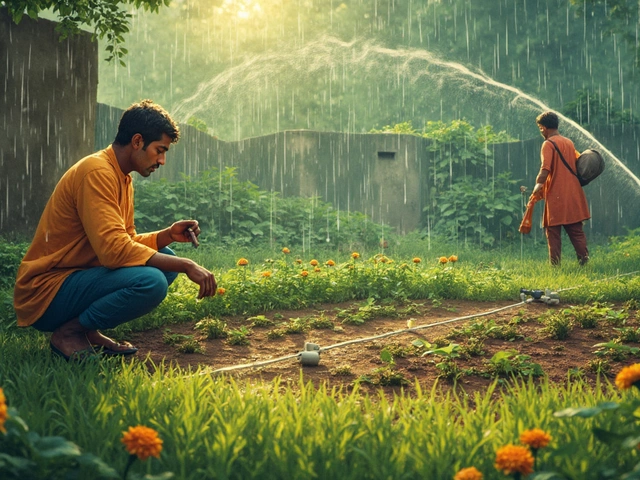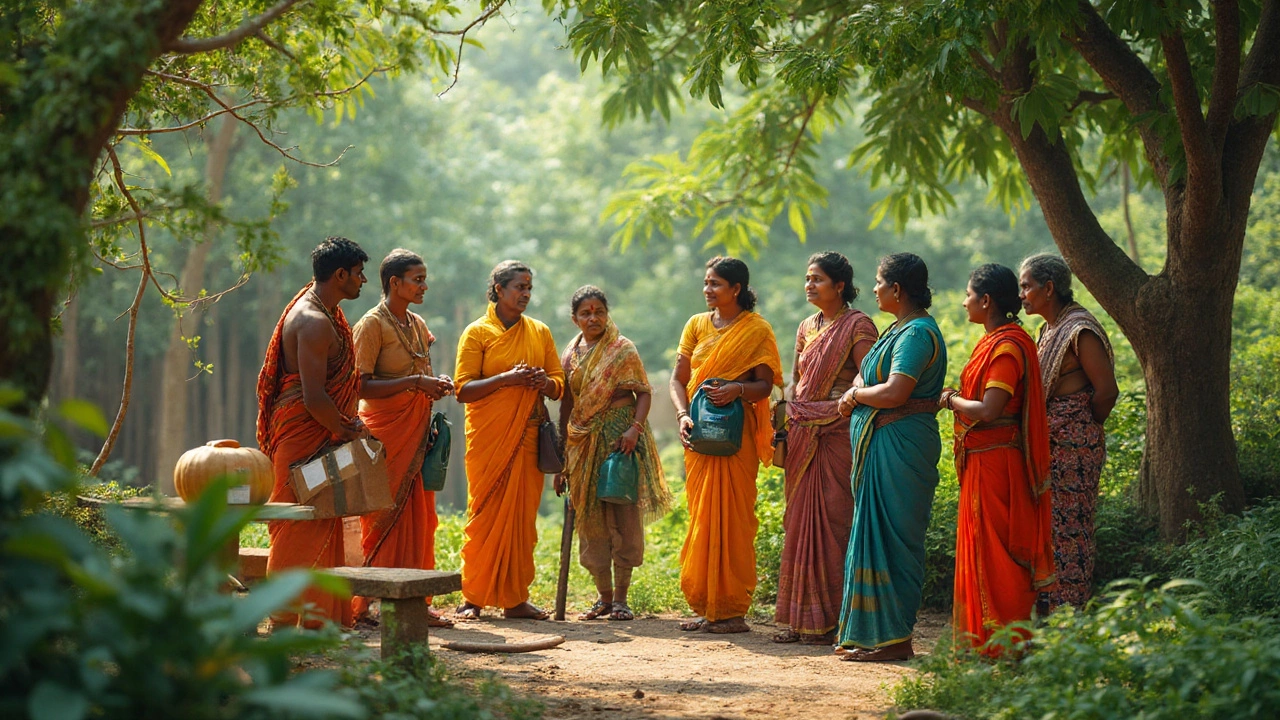Irrigation Disadvantages: Risks You Can’t Ignore
Thinking about adding an irrigation system? It might look like a time‑saver, but many gardeners end up paying more, wasting water, or hurting their soil. Below we break down the real problems you could face, so you can decide if it’s worth the hassle.
High Initial and Ongoing Costs
Setting up a drip or sprinkler network isn’t cheap. You need pipes, emitters, timers, and sometimes a pump. In India, the price of quality drip lines can be a big chunk of a small‑garden budget. Even if you find a low‑cost kit, you’ll still spend on fittings and labor.
But the expense doesn’t stop at installation. Filters clog, emitters break, and timers need batteries or a power source. Replacing parts every few years adds up. For a hobbyist who only waters a few rows of veggies, those recurring costs often outweigh the saved time.
Impact on Soil and Plant Health
When water is delivered continuously, the soil can become soggy. That reduces oxygen for roots and encourages fungal diseases. In areas with hard water, salts build up in the soil, leading to leaf burn or stunted growth. Many Indian soils already have high mineral content, so extra salts can tip the balance.
Improper placement of drip lines can also cause uneven watering. Plants at the edge of a zone may stay dry while those right over emitters stay wet. The result is a patchy garden where some crops thrive and others struggle.
Another hidden issue is weed growth. Drip lines often create a moist lane that weeds love. If you don’t mulch properly, you’ll spend more time pulling weeds than you saved by automating watering.
Energy use is another factor. Pump‑driven systems need electricity, and in remote villages the power supply can be unreliable or expensive. Running a pump for hours each day adds to your utility bill and contributes to a higher carbon footprint.
Finally, maintenance can be a nightmare during monsoon season. Blocked emitters from algae or debris are common, and flushing the system after heavy rains takes time. If you skip this step, the next dry spell could leave you with an uneven water distribution.
All these drawbacks don’t mean irrigation is useless. In dry zones, a well‑designed, low‑flow drip system can save a lot of water. The key is to match the system to your garden size, soil type, and budget, and to stay on top of upkeep.
Before you buy, ask yourself: Can I afford the upfront cost? Do I have the time to maintain it? Will the water source be reliable year‑round? Answering honestly will help you avoid costly regrets and keep your garden thriving.
Drip Irrigation: Why Isn’t Everyone Using This Efficient Watering System?
Why do so many gardeners, farmers, and homeowners skip drip irrigation, even with its proven water savings? We dig into the roadblocks, mistakes, myths, and the real challenges holding it back.
About
Drip Irrigation
Latest Posts

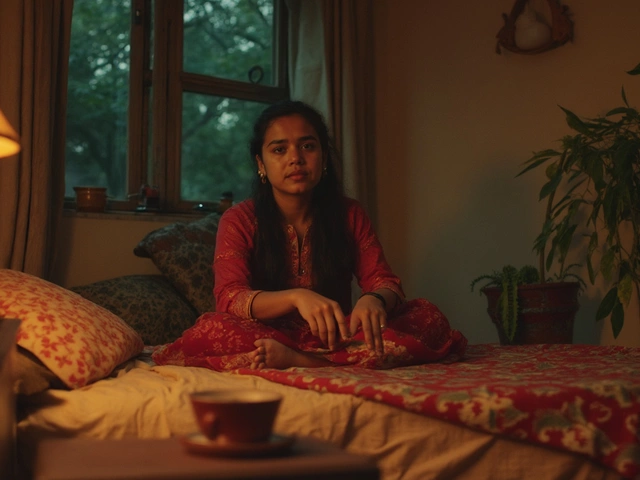
Onions on Your Feet: Does This Old Trick Actually Work?
By Alden Thorne May 6, 2025
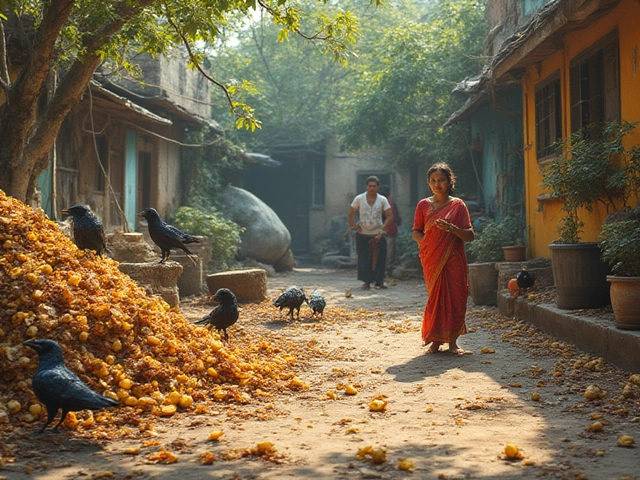
Composting Drawbacks: Real Issues, Surprising Facts, and Smart Tips
By Alden Thorne Jul 4, 2025
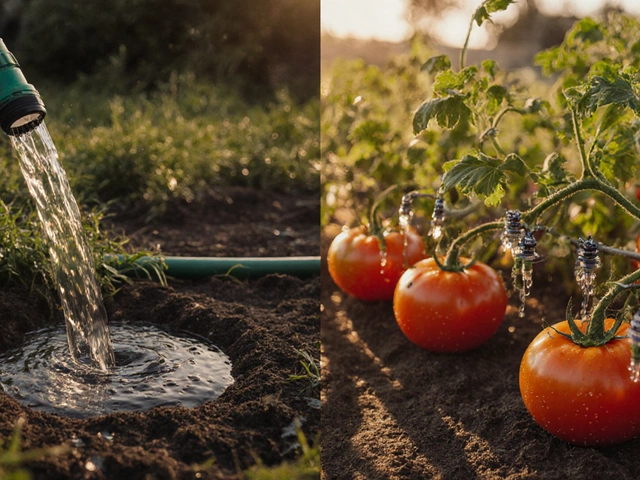
Why Drip Irrigation Is Better Than Soaker Hoses for Your Garden
By Alden Thorne Nov 25, 2025
